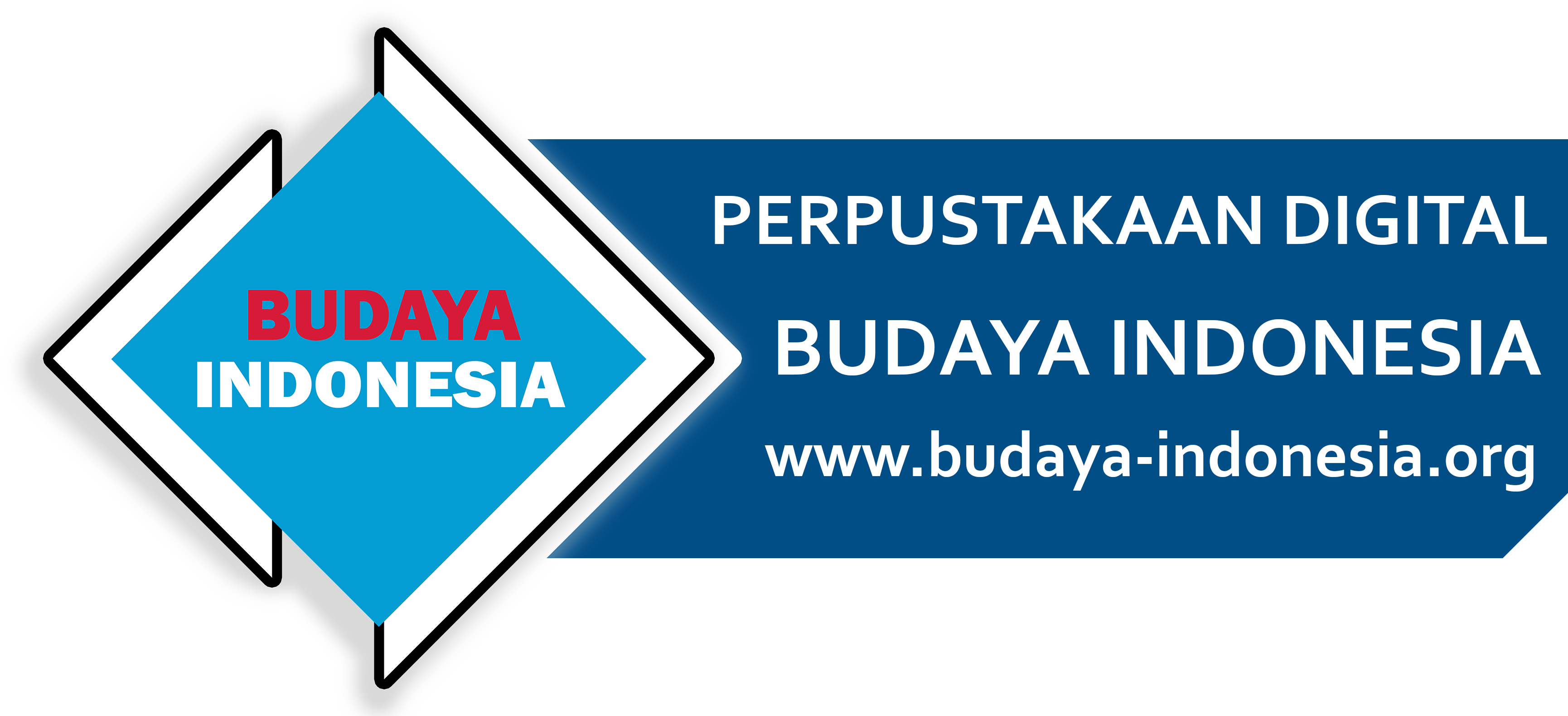The Legacy of the Panji Story: A Cultural and Historical Treasure of Indonesia
INFOBUDAYA.NET — The Panji story is one of the most culturally rich legacies that has had a significant influence on the history of literature and arts in Indonesia. The origins of this story date back to the 12th century CE, specifically in East Java. The story has developed into a narrative known not only in Indonesia but also in foreign countries, especially Southeast Asian nations. Through various forms of art, including visual arts, literature, and performances, this story depicts the lives of knights, love, and the eternal values of heroism.
The Panji story revolves around two main characters: Raden Panji, also known as Kudawaningpati or Inu Kertapati, the crown prince of the Kingdom of Jenggala. Meanwhile, Galuh Candrakirana, also called Dewi Sekartaji (meaning “a princess as beautiful as the moonlight”), is the princess of the Kingdom of Daha or Kediri. These two characters were introduced to each other by their parents in childhood. Although they were betrothed, their love story faces challenges that test their courage, determination, and loyalty. The Panji story not only portrays human relationships but also reflects devotion to God, showing a deeper and spiritual connection. Themes of heroism, bravery, steadfastness, and love form the core of this tale, which also embodies the noble values of human life.
The Panji story has not only spread across Java but also to other regions in the archipelago, such as Bali, Lombok, Sumatra, and Sulawesi. Its influence reached abroad, including the Malay Peninsula, Cambodia, Thailand, and Myanmar. The adaptation of the Panji story in different countries demonstrates its flexibility in accommodating the local wisdom of each region, making it a universal story that is easily accepted by the people. As the Majapahit Kingdom flourished, the Panji story also developed, becoming an integral part of the cultural heritage of the archipelago. Popular folktales like Ande-ande Lumut, Keong Emas, and Golek Kencana are believed to be derivatives or influenced by the Panji story, further enriching Indonesia’s cultural traditions.
The Panji story is rich in historical value, reflected in the depiction of various places and figures from that era. Locations mentioned in the story, such as Jenggala, Kediri, Urawan, and Gagelang, truly existed and are part of the history of the Majapahit Kingdom in the 12th century. Although the story is presented in a fictional form, the Panji story is believed to refer to real events and figures from that time. Reliefs depicting the Panji story have been found in temples scattered across East Java, such as Candi Miri Gambar, Candi Surawana, and Candi Tegowangi. Temples around Gunung Penanggungan, such as Candi Wayang and Candi Gajah, also feature depictions of the Panji story in reliefs showing significant scenes from the tale. Candi Penataran in Blitar Regency, Candi Mirigambar in Tulungagung Regency, and Candi Surawana in Kediri Regency all feature reliefs depicting the figure of Panji, characterized by his wearing a tekes (a traditional headgear resembling a Javanese blangkon) and his upper body being depicted without clothing, while his lower body is shown wearing a folded cloth covering his thighs. Some reliefs also depict Panji carrying a keris or weapons such as a buffalo horn, as seen in the reliefs at Candi Gajah Mungkur on the slopes of Gunung Penanggungan. However, not all figures wearing tekes represent Panji, as characters like Sidapaksa (the husband of Sri Tanjung in the Sri Tanjung story) and Sang Satyawan in the Kuñjarakarna story are also depicted with tekes.
An interesting example of the depiction of the Panji story in reliefs can be found in Gambyok, Kediri, which was brilliantly explained by W.F. Stutterheim in 1935. This relief clearly shows the figure of Panji along with his followers, depicting the episode from the Panji Semirang story, when Panji meets his first lover, Martalangu, in the forest. The depiction reflects the details of the story, such as the presence of a horseless carriage and the characters sitting or standing around it, showing that they were planning a trip to the city on a cold night.
Although many reliefs depict the Panji story, written manuscripts containing this story were only discovered long after the Majapahit era. One of the oldest manuscripts still in existence is the Panji Anggraini (Angreni) manuscript found in Palembang, South Sumatra. This manuscript tells stories like Panji Asmorobangun and Panji Semirang, which are part of the Panji tale. These manuscripts were written long after the Majapahit period. To date, the Leiden University Library holds 260 Panji manuscripts in eight languages, and the British Library has various Panji manuscripts in several languages, including Javanese and Malay, with the oldest manuscript dating back to 1785 and 1787 CE. The Panji story is not only recognized as part of Indonesia’s cultural heritage but also as a globally significant narrative. On October 31, 2017, the Panji story was designated as a Memory of the World (MoW) by UNESCO, an award recognizing its importance as a cultural heritage that must be preserved. This recognition demonstrates the significance of the Panji story not only for Indonesia but also for the history of literature and the arts worldwide. The Panji story is a prime example of Indonesia’s rich cultural heritage that has transcended geographical and temporal boundaries. With its values of heroism, love, and steadfastness, this story continues to live on and inspire new generations. The diversity of artistic forms that have emerged from this tale, along with its widespread influence across Southeast Asia, makes it one of the world’s cultural treasures that should be preserved and studied.
Reference:





Tidak Ada Komentar